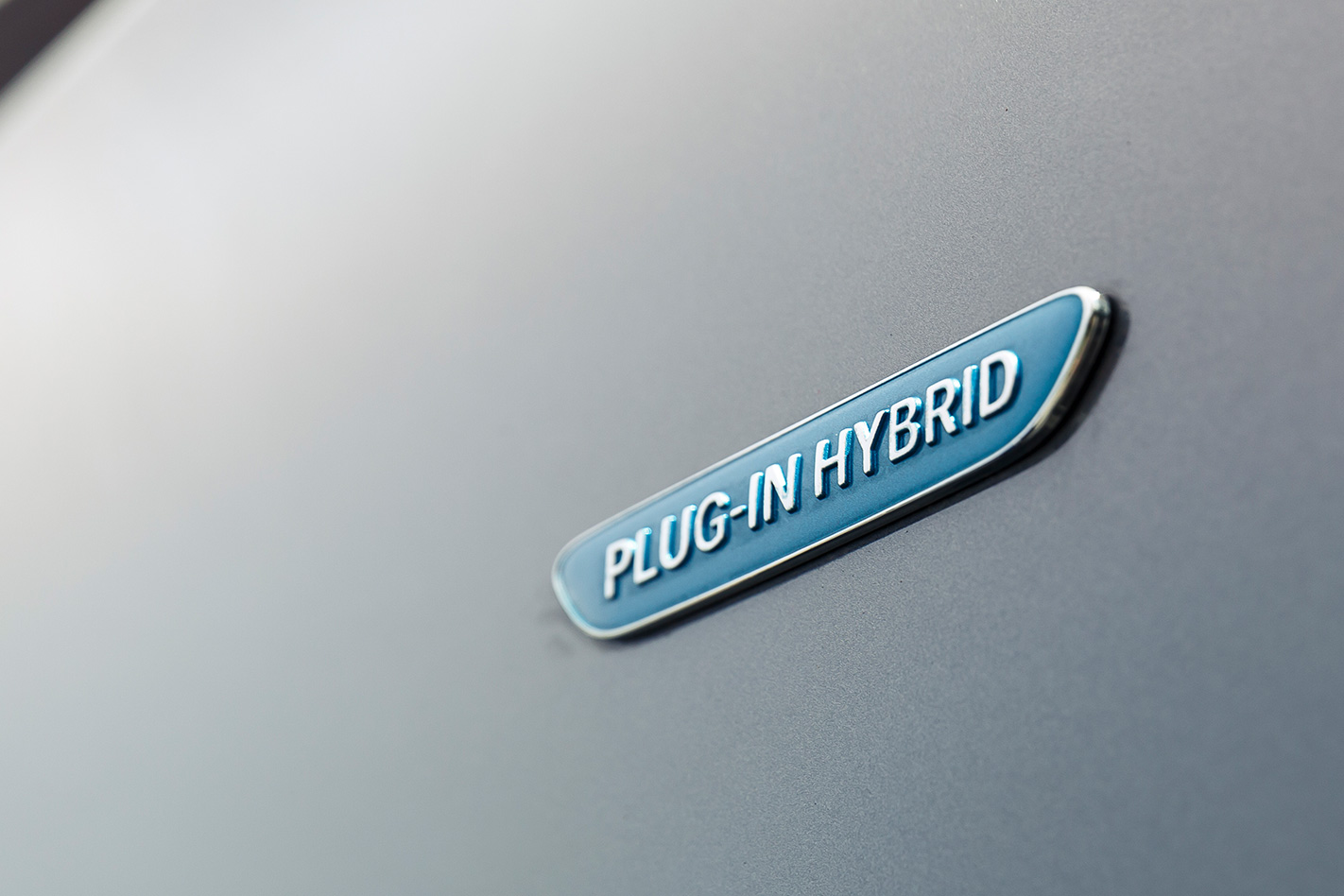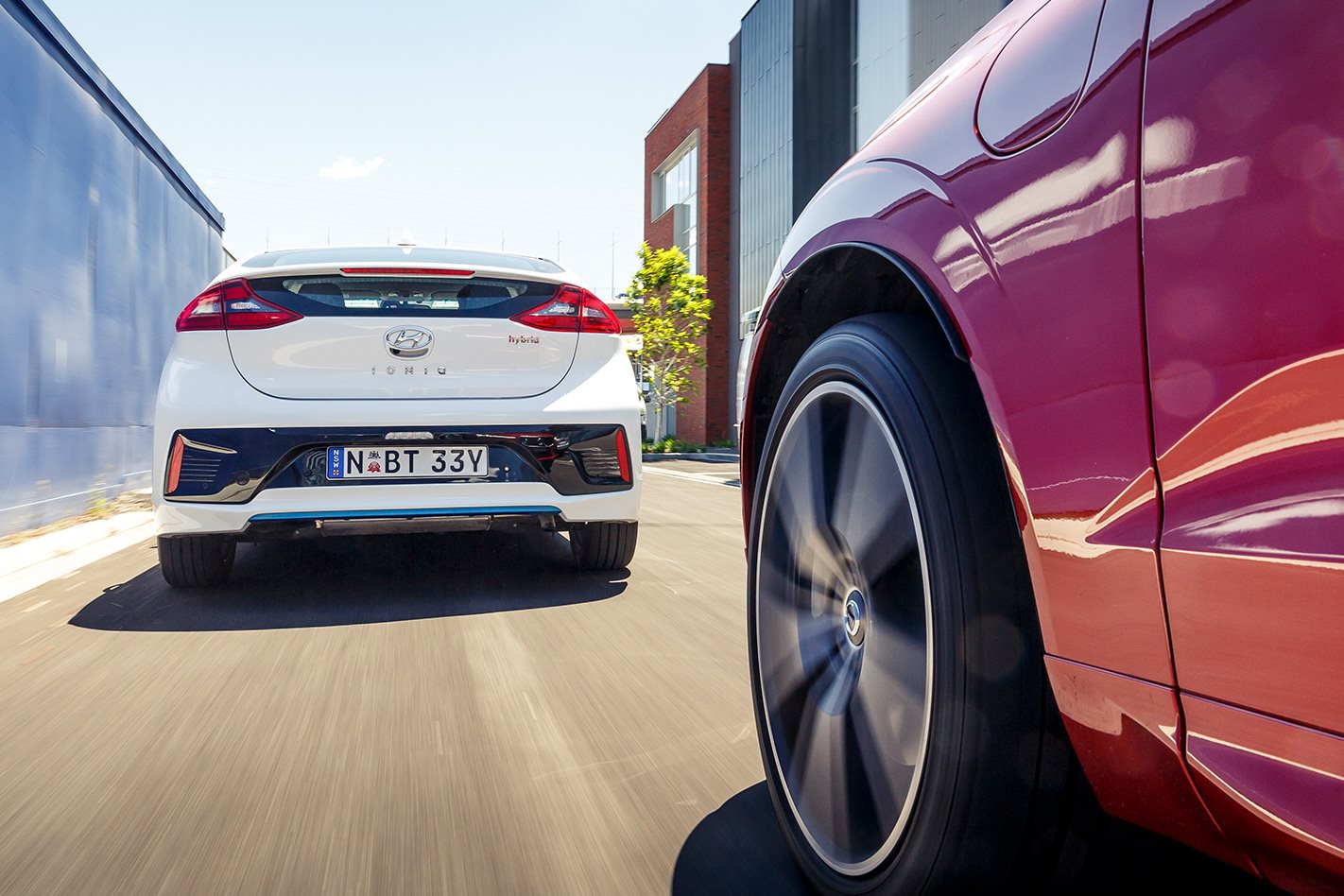There’s a school of thought that plug-in hybrids are merely tech for ditherers. Drive one on battery power and it’s lugging a dead anvil under its bonnet. Likewise, drive it on liquid hydrocarbons and you’re hauling around a bilgeful of battery ballast. For the purist, a plug-in hybrid is a mealy-mouthed, worst of both worlds fudge. They’re right as well.
2019 EV Megatest: Introduction

The annoying part of this – for those hooked on dogma at least – is that for a small percentage of Australians, they work. Sales of the Mitsubishi Outlander PHEV have proven this fact. Yet enumerating the benefits of such cars – and the Outlander PHEV is a hefty $20K more than its solely petrol-powered counterpart – brings us back to intangibles to justify the purchase. Factor in fuel, residuals, insurance, servicing and everything else and Mitsubishi’s PHEV still can’t make the numbers.

So why should we buy them? There’s certainly a relaxing serenity to commuting on battery power alone, knowing that should charge drop to zero, a flatbed isn’t in your immediate future. Then there’s the addictive urge of battery plus petrol in a car like the Volvo XC60 T8. The subtle differences in how the tech is leveraged make plug-in hybrids fascinating. The purists may well rail against them, but if you’re prepared to pay for the privilege, cakes can be had as well as eaten.





